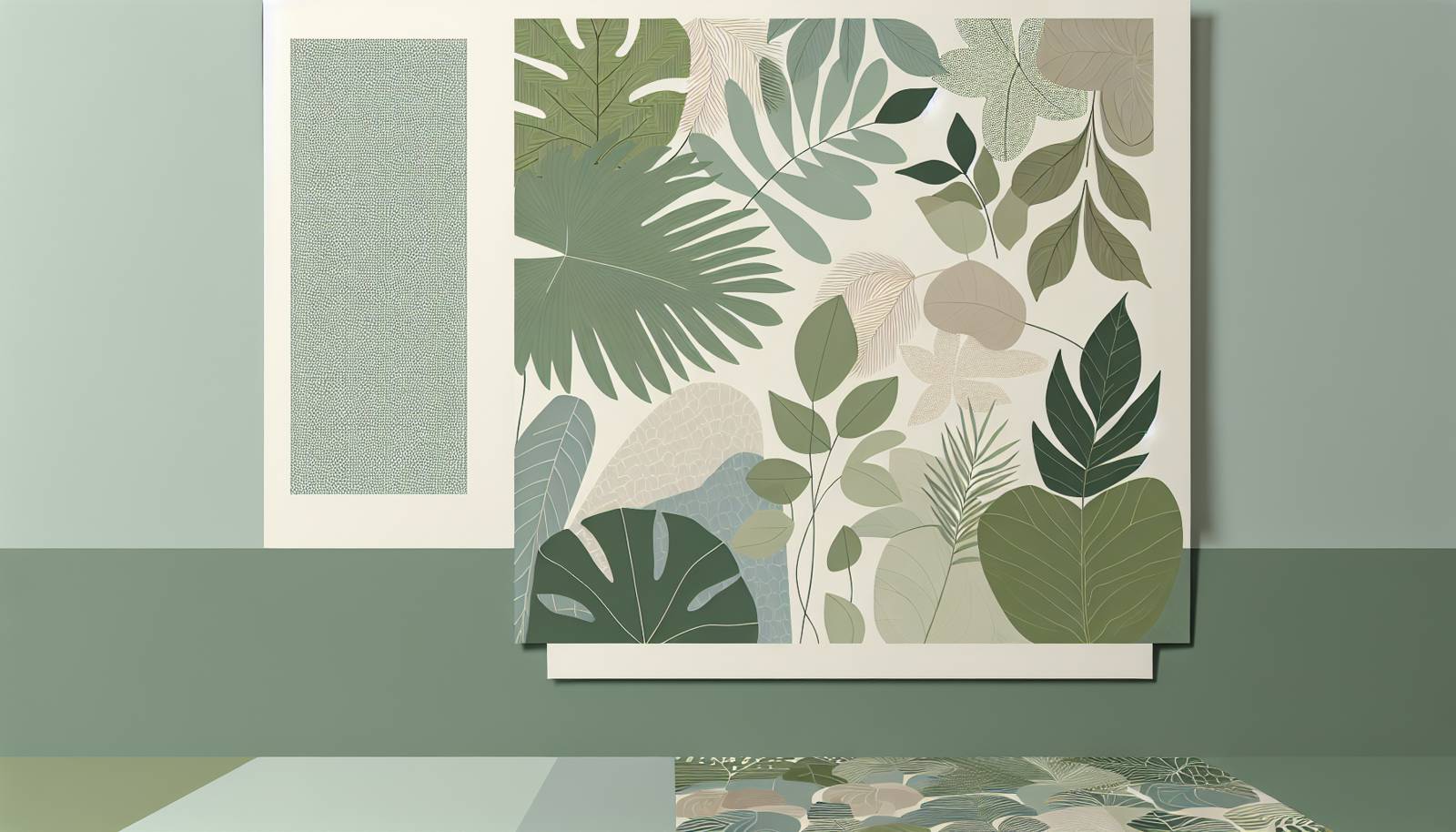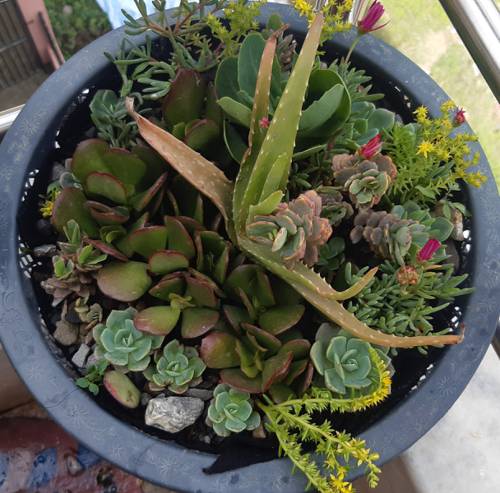
FAQ About Indoor Plant Adaptation Strategies

What are some common environmental challenges indoor plants face?
Indoor plants often face several environmental challenges, including limited light exposure, inconsistent watering, low humidity, and temperature fluctuations. Unlike outdoor conditions, indoor environments may have fewer hours of natural sunlight, which can affect photosynthesis. Overwatering or underwatering can be common due to incorrect watering routines. Additionally, indoor air tends to be drier, impacting plants that thrive on high humidity. Temperature variations from heating or air conditioning can also stress plants.

How do indoor plants adapt to limited light conditions?
Indoor plants adapt to limited light by adjusting their photosynthesis process. Many indoor plants are naturally shade-tolerant, having evolved under forest canopies. They make efficient use of available light by increasing chlorophyll production, enlarging leaf surface areas to capture more light, or growing slower to conserve energy. To help them, you can place them near windows or use grow lights that mimic natural sunlight.

Why is humidity important for indoor plants, and how can I increase it?
Humidity is crucial for indoor plants because it helps with processes like transpiration and nutrient uptake. Many houseplants originate from tropical regions where humidity is naturally high. To increase humidity, you can mist plants regularly, group them together to create a microenvironment, or use a humidifier. Placing water trays with pebbles near plants can also evaporate moisture into the air, enhancing humidity levels.

What are some signs that an indoor plant is not adapting well to its environment?
Signs that an indoor plant is not adapting well include yellowing leaves, dropping leaves, stunted growth, wilting, or browning edges. These symptoms can indicate issues such as inadequate light, improper watering, low humidity, or temperature stress. Monitoring these signs and making appropriate adjustments to their care routine can help improve their condition.

How do indoor plants adapt to low humidity?
Indoor plants may adapt to low humidity by developing thicker leaves or waxy coatings that retain moisture. Some plants may reduce transpiration by closing stomata during the day. To support plants in low humidity, regularly dust their leaves to maintain optimal photosynthesis and consider using a water tray or a humidifier to boost surrounding moisture levels.

Can all plants be adapted for indoor environments?
Not all plants are suitable for indoor environments. Generally, only those that can thrive under typical indoor conditions, such as lower light levels and inconsistent humidity, are recommended for indoor gardening. Examples of adaptable indoor plants include pothos, snake plants, and peace lilies. Plants that require full sun or specific climate conditions are often unsuitable for indoor growth without specialized care or equipment.

What role do soil and containers play in indoor plant adaptation?
Soil and containers are critical for indoor plant adaptation as they directly affect water retention, drainage, and root development. Using a soil mix appropriate for the specific plant type ensures proper drainage and nutrient availability. Containers with proper drainage holes help prevent overwatering. Choosing the right size of container allows for healthy root growth and avoids stress from being root-bound or over-potted.

How can I acclimate a new indoor plant to my home environment?
Acclimating a new indoor plant involves gradually introducing it to its new environment to minimize stress. Start by placing it in a similar light and temperature setting as it was previously kept. Gradually move it to its permanent spot over a week. Monitor watering needs closely, avoiding both over- and under-watering. This gradual transition helps the plant adjust without a shock.

Why is consistent watering challenging for indoor plants?
Consistent watering is challenging for indoor plants due to varying factors like plant type, pot size, indoor climate, and seasonal changes. Indoor plants are also affected by heating and air conditioning, which can rapidly dry out soil or increase evaporation rates. Understanding each plant’s specific water needs and adjusting the routine accordingly, rather than adhering to a strict schedule, helps maintain their health.

How does temperature affect indoor plant growth and adaptation?
Temperature affects indoor plant growth by influencing metabolic rates, water usage, and resilience to stress. Fluctuating temperatures, typical in homes due to HVAC systems, can lead to plant stress if sudden changes occur. Plants may experience reduced growth or drop leaves when subjected to temperatures outside their preferred range. Keeping a stable temperature close to their natural habitat helps in healthier growth and adaptation.

What are some indoor plants known for their adaptability?
Some indoor plants are renowned for their adaptability, making them suitable for various indoor environments. Among these, the snake plant, ZZ plant, pothos, and spider plant are popular due to their tolerance to low light and varying humidity levels. These plants require minimal maintenance and can thrive with less frequent watering, making them ideal for beginners.

Can artificial lighting help indoor plants adapt better?
Yes, artificial lighting can significantly help indoor plants adapt better in environments lacking natural light. Full-spectrum LED grow lights are an excellent choice as they mimic the sun's natural spectrum, providing essential light wavelengths for photosynthesis. Positioning grow lights at proper distances and durations can promote healthy growth and even flowering in some plant species, compensating for limited sunlight exposure.

How can nutrient supply affect indoor plant adaptation?
Nutrient supply directly influences indoor plant adaptation by supporting vital growth processes. Indoor plants need a balanced supply of essential nutrients like nitrogen, phosphorus, and potassium to develop robust foliage and roots. Regularly fertilizing with an appropriate indoor plant fertilizer can help maintain nutrient levels, especially since soil nutrients can deplete over time, affecting the plant’s ability to adapt to its environment.

How do indoor plants respond to stress from environmental changes?
Indoor plants respond to stress from environmental changes by exhibiting signs such as leaf drop, wilting, discolored leaves, or stunted growth. Stress response mechanisms include slowing growth to conserve energy or altering physiological processes like closing stomata to reduce water loss. Promptly identifying stress sources and adjusting care practices, like repositioning the plant or modifying watering, can alleviate stress and aid recovery.

Are there specific techniques to promote root growth in indoor plants?
Promoting root growth in indoor plants involves ensuring proper watering, potting mix, and container conditions. Use a well-draining soil mix with a blend of organic and inorganic materials to support healthy root development. Avoid overwatering, which leads to root rot, and consider occasional root pruning if the plant becomes root-bound. Transplanting into a slightly larger pot can also encourage roots to spread and strengthen.

What care routines can help an indoor plant adapt to seasonal changes?
Care routines should adapt with seasons to support indoor plant health. During winter, daylight hours reduce, so move plants closer to windows or supplement with grow lights to ensure adequate illumination. Reduce watering frequency as growth typically slows, and check heating systems to prevent sudden temperature increases. In warmer months, increase watering as needed and occasionally move plants outdoors for fresh air if conditions are favorable.

How do pests affect indoor plant adaptation, and what can be done?
Pests can severely impact indoor plant adaptation by damaging foliage and spreading diseases. Common pests include spider mites, aphids, and scale insects. Regularly inspect plants for signs of infestation and remove pests manually or treat with insecticidal soap or neem oil solutions. Maintaining good plant hygiene, such as cleaning leaves and removing debris, can help deter pest establishment and support healthier adaptation.

Why is leaf cleanliness important for the adaptation of indoor plants?
Leaf cleanliness is essential for indoor plant adaptation as it enhances photosynthesis and reduces disease risks. Dust and grime accumulation can block sunlight, hindering the plant’s ability to produce energy. Regularly wiping leaves with a damp cloth or gently rinsing can ensure adequate light absorption and reduce the chances of fungal or bacterial infections.

How does air quality influence the adaptation of indoor plants?
Air quality significantly influences the adaptation of indoor plants as pollutants, dust, and stale air can stress plants and limit growth. Good air circulation ensures that plant surfaces are free from harmful buildup and aids in gas exchange necessary for photosynthesis. Introducing air purifiers or maintaining natural ventilation in indoor spaces can enhance air quality, promoting healthier plant adaptation and overall growth.
